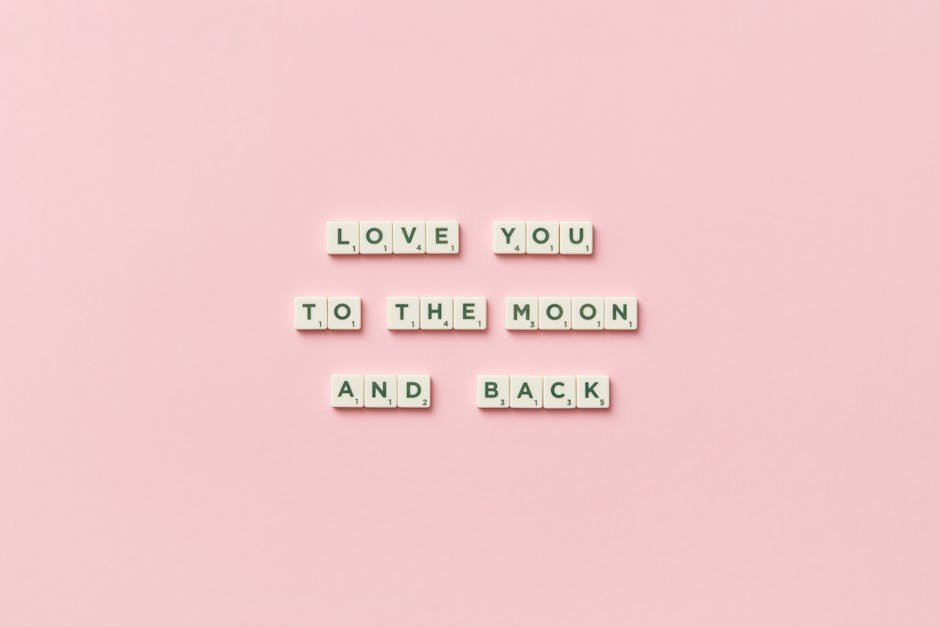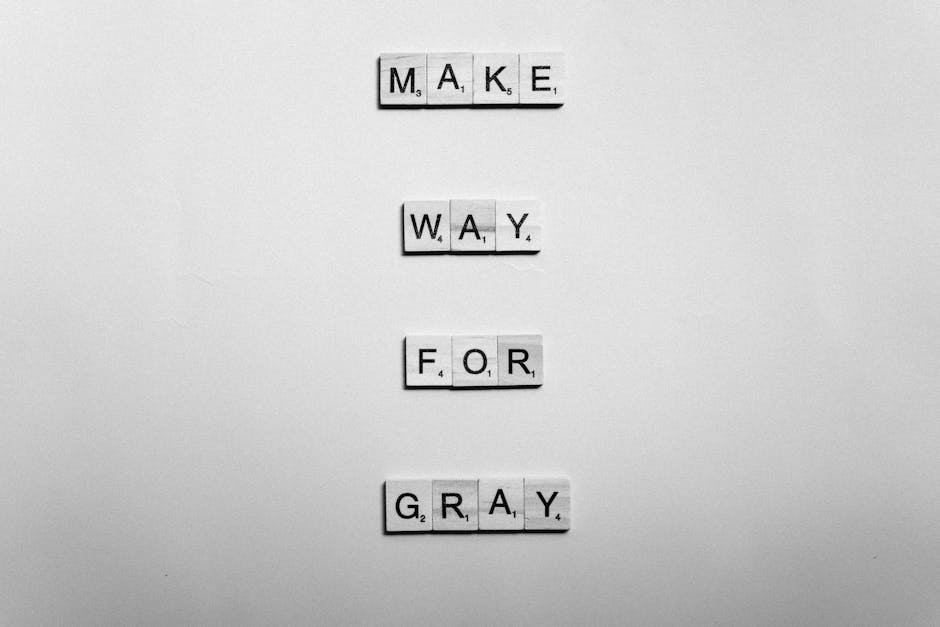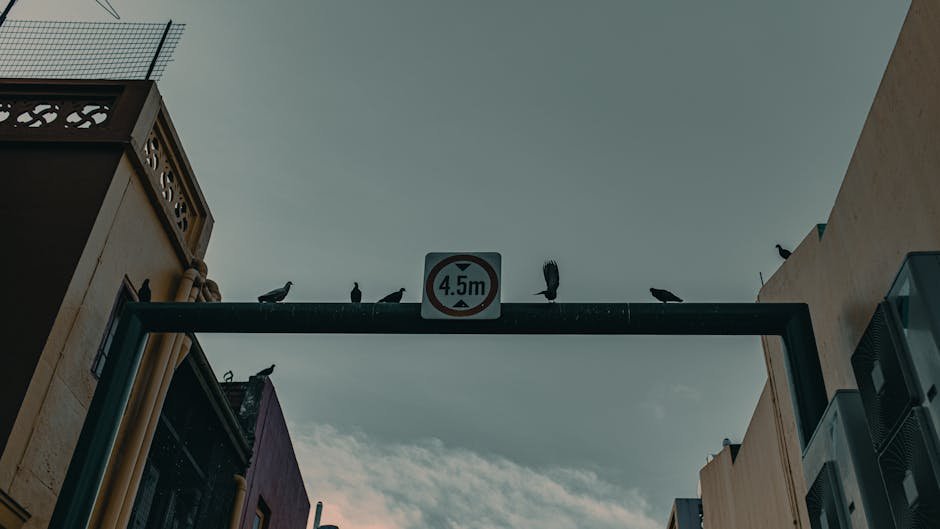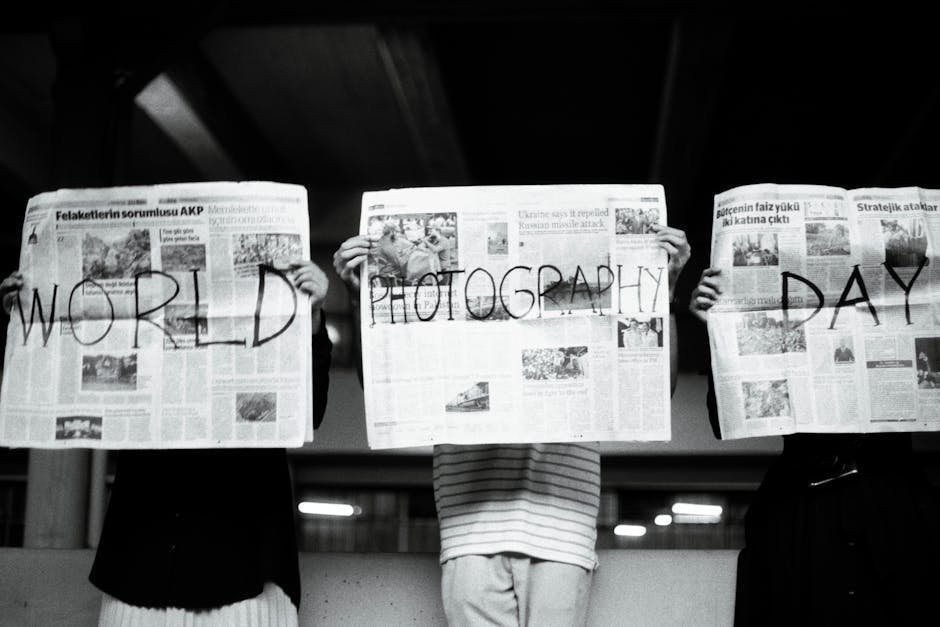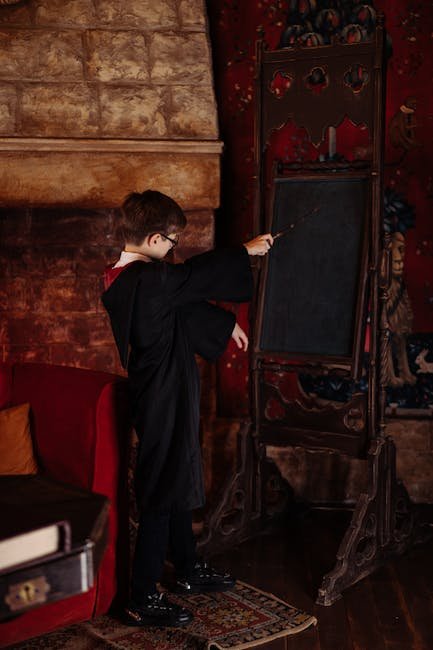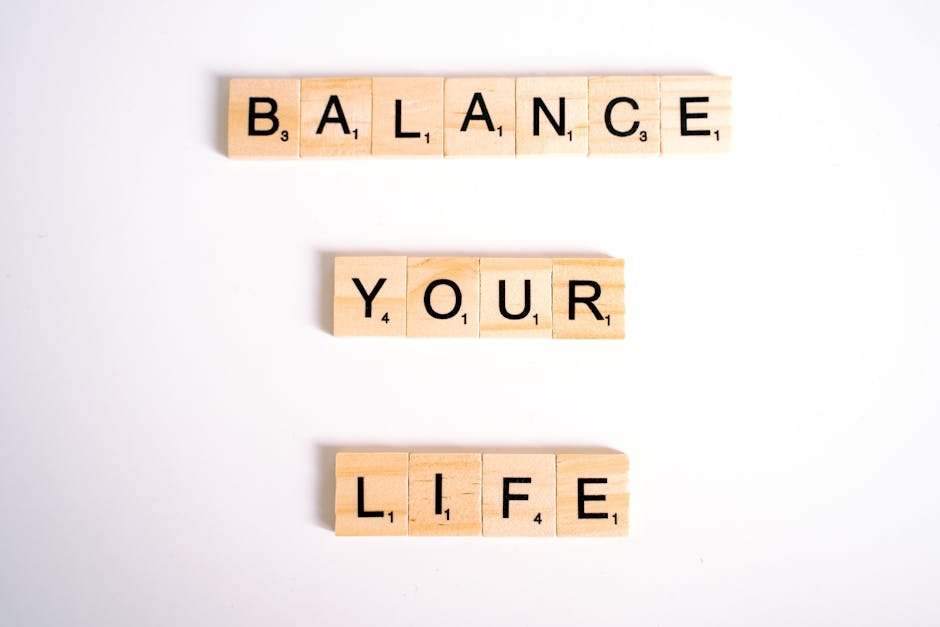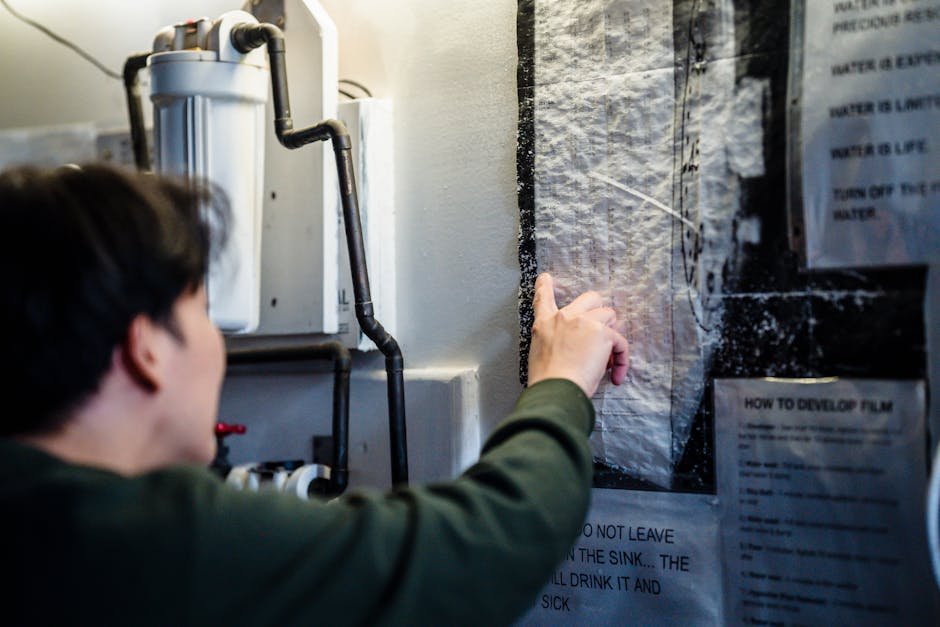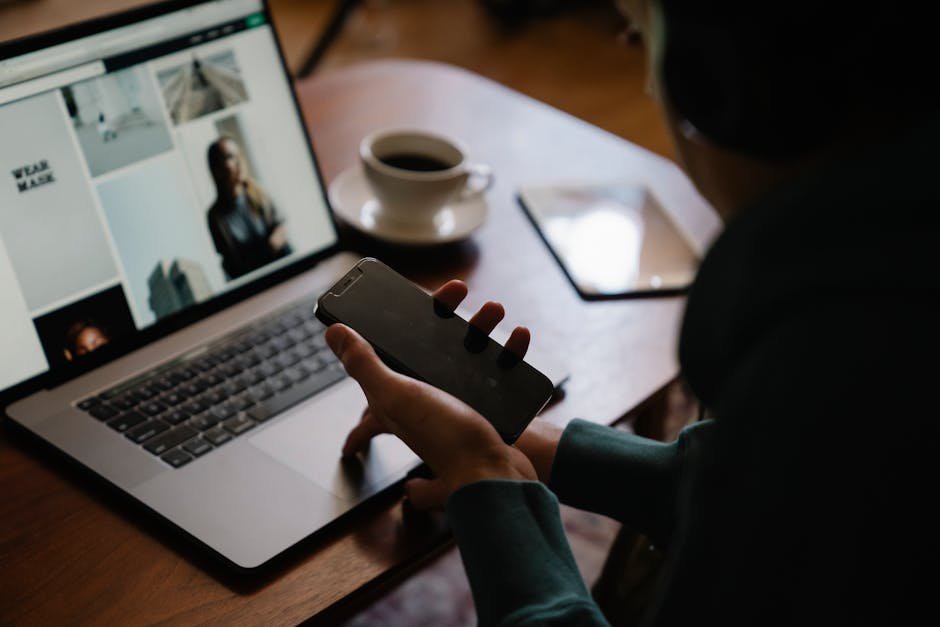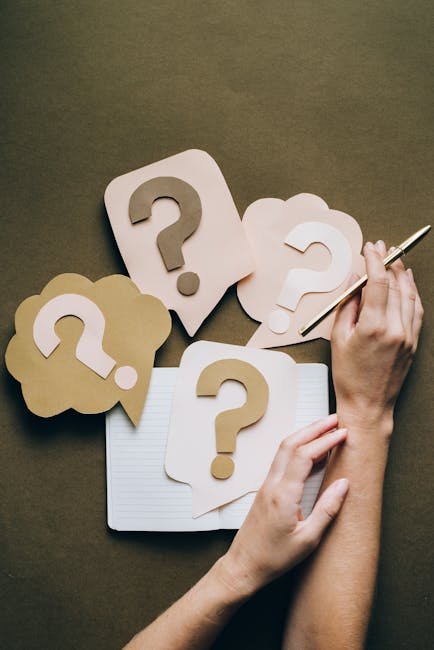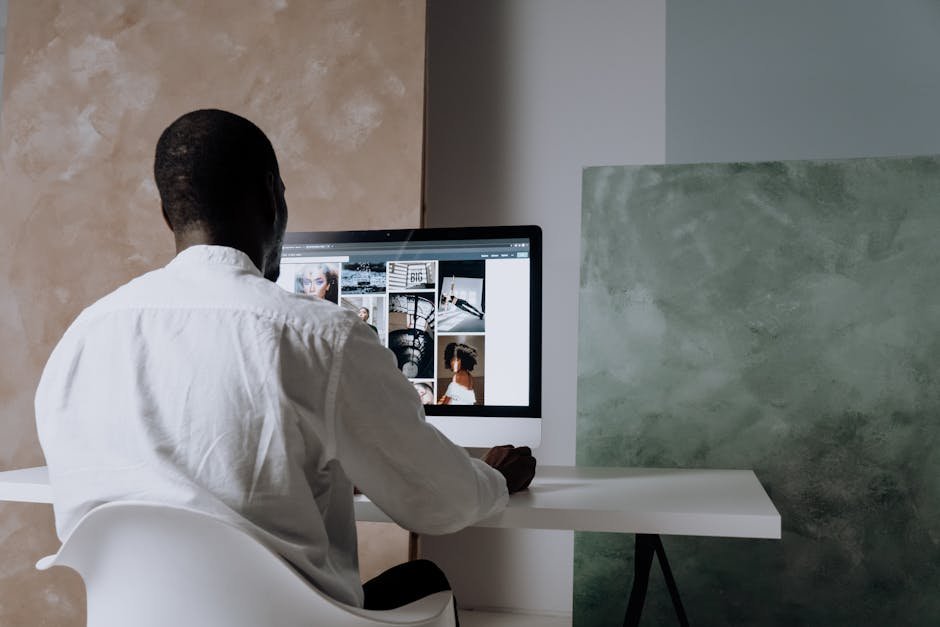The Importance of Alt Text in WordPress and How to Use It
Welcome to our deep dive into the world of alt text in WordPress! Whether you’re a seasoned blogger or just starting your online journey, understanding the role of alt text can significantly enhance your website’s accessibility and SEO performance. Let’s explore why alt text matters and how you can harness its power effectively. 🚀
Table Of Contents
2. The Importance of Alt Text in WordPress
3. How to Add Alt Text in WordPress
4. Best Practices for Writing Alt Text
6. Conclusion
7. FAQs
What is Alt Text?
Alt text, short for alternative text, is a written description of an image on the web. This text is crucial for screen readers used by visually impaired users, enabling them to understand the content of images. Additionally, alt text is displayed in place of an image if it fails to load, providing context where visuals are missing.
The Importance of Alt Text in WordPress
Alt text plays a dual role: improving accessibility and boosting SEO. Let’s unpack these benefits:
1. Enhancing Accessibility: For users relying on screen readers, alt text is a lifeline that ensures they can grasp visual content. This inclusivity not only broadens your audience but also aligns with web accessibility standards and regulations.
2. SEO Benefits: Search engines can’t “see” images, but they can read text. Alt text provides search engines with context, helping them index your images properly. This can improve your site’s visibility in search results, particularly in image search, driving more traffic to your site.
How to Add Alt Text in WordPress
Adding alt text in WordPress is a straightforward process. Here’s a step-by-step guide:
Step 1: Log in to your WordPress dashboard and navigate to the Media Library.
Step 2: Click on the image you want to edit. A new window will open displaying the image details.
Step 3: Locate the ‘Alt Text’ box on the right-hand side. Enter a concise, descriptive text that clearly explains the image.
Step 4: Click ‘Update’ to save your changes.
Best Practices for Writing Alt Text
Creating effective alt text is both an art and a science. Here are some tips to get it right:
Be Descriptive: Clearly describe the image; include specifics like colors or actions that are relevant.
Keep It Concise: Aim for alt text that is succinct but informative. Typically, 125 characters is a good maximum length.
Use Keywords Wisely: If applicable, incorporate keywords naturally to further support your SEO strategy, but avoid keyword stuffing.
Avoid “Image of”: Skip phrases like “image of” or “picture of.” Screen readers automatically announce images, so this repetition is unnecessary.
Common Mistakes to Avoid
Even seasoned bloggers can stumble when it comes to alt text. Here are some pitfalls to dodge:
Skipping Alt Text: Leaving alt text blank is a missed opportunity for accessibility and SEO. Always provide a description.
Overstuffing Keywords: While keywords are important, overly stuffing them into your alt text can harm readability and appear spammy.
Being Too Vague: “Image” or “photo” doesn’t convey any meaningful information to users or search engines. Be specific.
Conclusion
Alt text is a small yet mighty tool in your WordPress arsenal. By crafting thoughtful alt text, you enhance your site’s accessibility, improve user experience, and boost your SEO efforts. Remember, the goal is to make your content as inclusive and discoverable as possible. 🌟
FAQs
Q1: Can I use the same alt text for multiple images?
A1: While it’s technically possible, it’s not recommended unless the images are identical. Unique descriptions for each image enhance SEO and accessibility.
Q2: Should decorative images have alt text?
A2: No, decorative images should have an empty alt attribute (alt=””) to be ignored by screen readers, keeping the focus on meaningful content.
Q3: How often should I update my alt text?
A3: Regularly review your alt text, especially if you update your content or SEO strategy. Keeping it fresh ensures continued relevance and effectiveness.
Alt text is more than just an SEO tool; it’s a bridge to inclusivity, ensuring everyone can enjoy and interact with your content. So, go ahead, optimize those images and watch your engagement soar! 🎉

